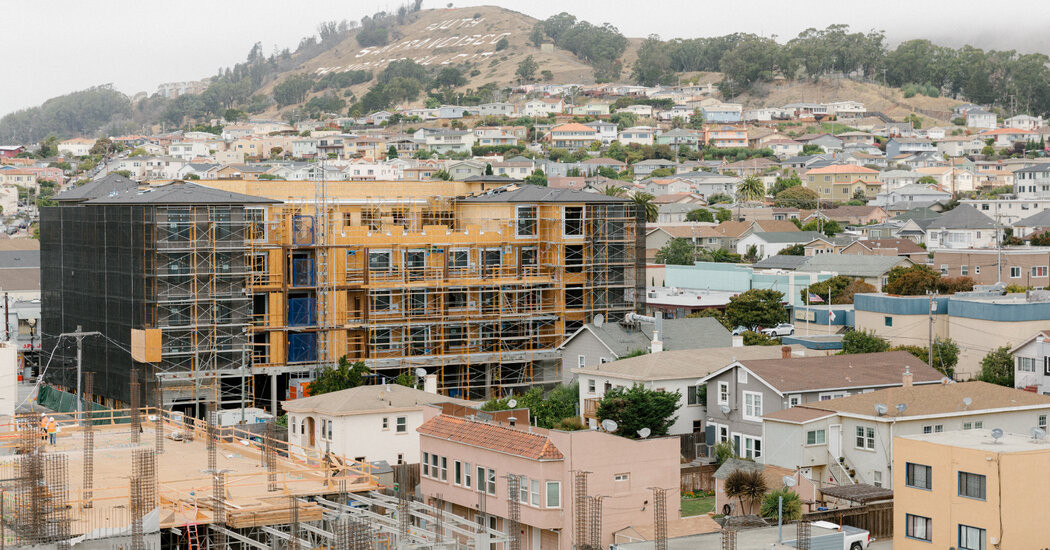

After scaling back a landmark environmental law, Gov. Gavin Newsom and other state leaders are hoping for a construction boom.
The tales of construction delay have become infamous in San Francisco, one of California’s most housing-challenged cities.
Officials waylaid a project to build 10 townhouses in part because of concerns that it might cast shadows on a nearby playground. A man who wanted to build in the city’s Mission District had to commission a 137-page report to prove the laundromat he was demolishing was not a historic site. City leaders voted against a plan to build 500 apartments on a Nordstrom parking lot, citing the risk of gentrification.
Similar projects, building experts said, could benefit the most after Gov. Gavin Newsom and state lawmakers on Monday significantly scaled back the California Environmental Quality Act. The 55-year-old law, known as CEQA, is considered a bedrock of the state’s environmental protections, yet has often been employed by neighbors and disaffected parties as a way to oppose any project to which they took exception.
CEQA has been frequently blamed for California’s severe housing shortage, which has resulted in high rents and home prices, along with a persistent homelessness crisis. San Francisco has often been cited as a prime example of how extensive reviews can slow or block housing construction. State officials have mandated that 82,000 new housing units be approved in the city by 2031, a goal that San Francisco is far from achieving.
In theory, CEQA, which is pronounced SEE-kwa, is simple. It requires state and local governments to study the likely environmental impact of new construction projects. But the law also allows any individual or group to sue if it determines that the initial environmental review is insufficient, and the threat of such lawsuits can delay or even kill many kinds of projects.
One of the bills that Mr. Newsom signed on Monday will generally exempt what’s known as “infill” development, a project generally built on land that previously housed a different building. Such development is often considered to be more environmentally friendly, as it doesn’t involve constructing new homes on undeveloped land and creates denser communities that are more likely to use public transportation.



![[GOOD PRESS] ON[GOOD PRESS] ON](https://georgemagazine.com/wp-content/uploads/2024/08/16389056566437433941_2048-300x300.jpeg)